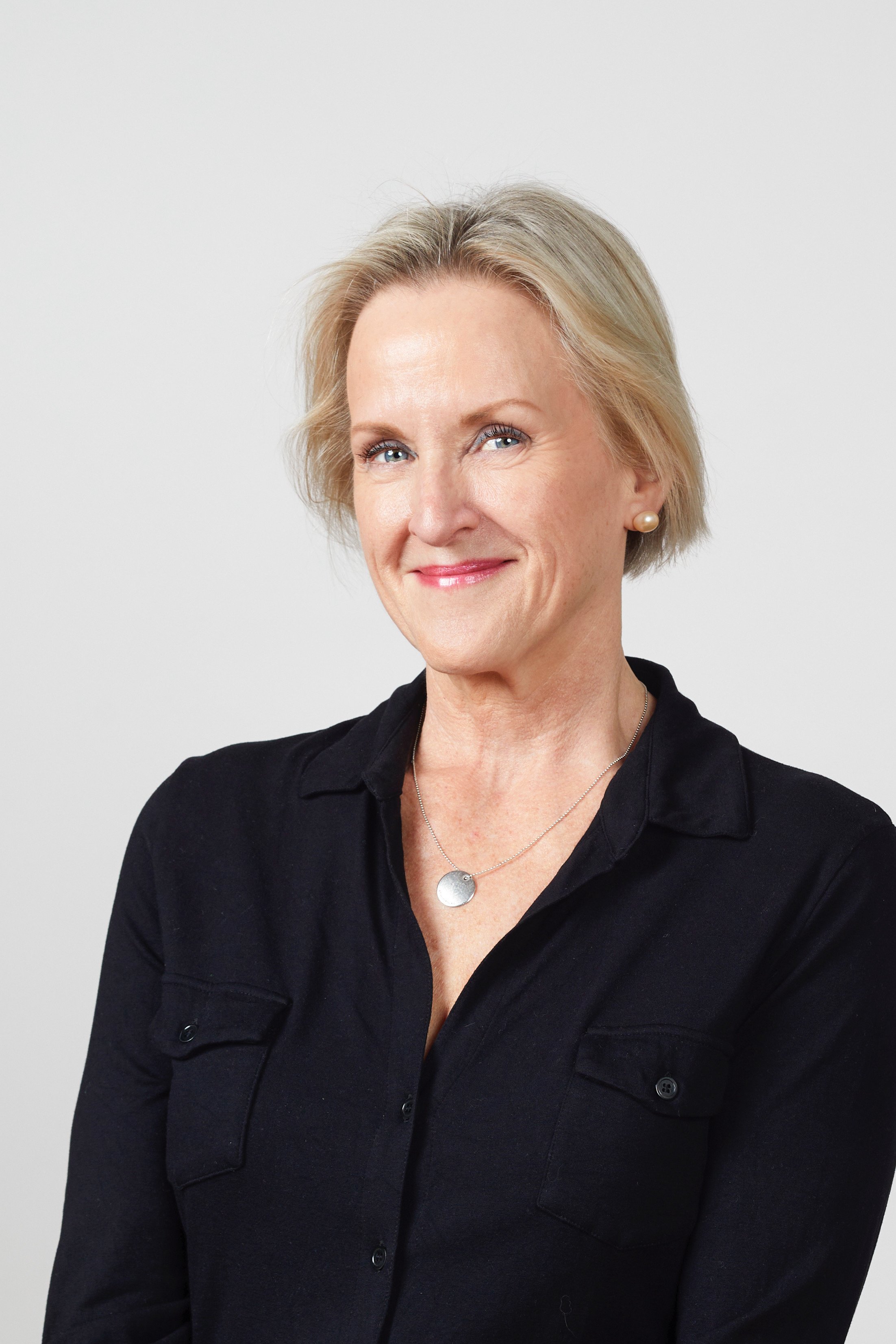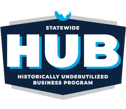After a bit of a reprieve due to COVID, how prepared do you feel when an inspector shows up at your door? Across the country, our clients are either already undergoing inspections or are preparing for them to start up again.
In fact, CMS, Accreditation and State Board inspectors are out in greater numbers every day as seen in a survey of 299 pharmacy leaders in Q2 of this year conducted by Pharmacy Purchasing & Products. Their data shows that at a minimum 40% or more of the PharmDs and other decision-makers they surveyed say that inspections are happening now, and we all know that the number will only increase.
Pharmacy Purchasing & Products presented their survey data in the insightful webinar titled: “USP <800> Compliance Update: A Sneak Peek at PP&P’s Latest Data.” We’ll share our key takeaways but we also suggest taking the time to listen to the recording if you haven’t already.
We learned so much from the survey data shared, but here are a handful of insights that stood out to us:
- Respondents are fielding USP <800> questions at all levels of inspection including CMS, Accreditation and State Board, with the majority at the state level.
- Facilities with a PharmD on staff can expect a deeper dive from inspectors and a greater possibility of recommendations and possible citations.
- The Accreditation inspections were reported to be more intense with a focus on transportation of hazardous drugs and PPE; citations have already been given out for things like improperly tied gowns.
- The State Boards are focused on training and documentation, compounding, communicating exposure risk and unboxing practices.
- Inspectors want to know who is responsible. Do you have a Hazardous Drugs Designated Person? In the survey, 78% said they did, which was good news.
- Also, inspectors want to see that your hazardous drugs list is accessible by staff, which is actually an OSHA regulation. A huge challenge that we’ll address in a future blog is how to ensure you’ve added and correctly categorized drugs on your hazardous drugs list. The survey found that only 13% of respondents have gone beyond what is listed on the NIOSH 2016 list meaning a lot of facilities do not have all the HDs listed that should be.
Presenter Fred Massoomi, PharmD, BCSCP, FASHP summed it up very well by explaining:
“Compliance is a continuous process, a dynamic process and needs to be monitored minute by minute.” He went on to say that compliance happens in the processes of every day at a healthcare facility.
We know that the last year was especially stressful and upending for you and your colleagues. The pandemic continues to cause uncertainty in healthcare and in everyday life. If there’s anything the Rpharmy team can do to help as you prepare for an inspection, our team stands ready and waiting.
Also, if you missed it, our Eight Components Of An Effective Hazardous Drugs Communication Plan part 1 and part 2 are useful resources as you work within your organization to meet and exceed USP <800> compliance.


